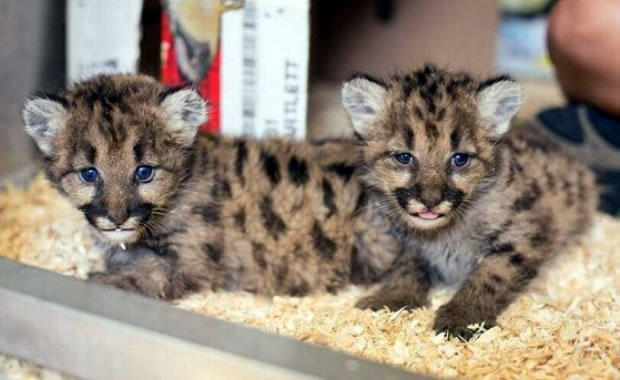Creature Profile
The white sturgeon is a large freshwater fish found on the Pacific coast of North
America, Alaska Bay to northern Baja, and California. It is the largest freshwater fish of North
America. An adult can weigh over 1500 lbs, grow as long as 15 feet, and can live over 100 years.
It is classified as a "bony fish," a group of fish that have skeletons made of bone. Instead of scales,
it has five rows of bony plates called "scutes" which reach from the gills to the tail. Although the two
species are not closely related, this fish closely resembles a shark and even has a shark-like tail.
Its dorsal color is light gray while the ventral surface is a clean white, giving it its name. Its mouth
is huge but it has no tongue, and it has four barbells, which are used for sensing food.
White sturgeons live on the bottom of slow-moving rivers, bays, and estuarine areas where they spend most
of the time rummaging on the seafloor for food. They have no teeth, so food is usually eaten by sucking it
through their long snouts. Diet consists of clams, mussels, shrimp, crayfish, worms, and fish eggs. Large
white sturgeons may feed on other fish such as smelt, anchovies, lamprey, shad, or salmon. Spawning usually
occurs in the late spring or early summer. To reproduce, males congregate in areas of the river with a heavy
current to release their sperm. Females release millions of eggs, so that as many eggs as possible can be
fertilized. Once eggs are fertilized, they fall to the river floor and hatch about a week later. After hatching,
the young sturgeons closely resemble tadpoles, and do not grow a full set of fins, rays, and scutes until a month
later. Young sturgeons feed on insects, and small crustaceans and fish.
The white sturgeon is endangered due to overfishing, habitat destruction, and pollution. In the late 1800s
sturgeons were hunted heavily for sport and food, and sturgeon eggs were popular for making caviar. Commercial
and sport fishing has been banned by the state of California since the early 1900s, but commercial fishing is
still legal and regulated by fishery agencies in other states. In some areas, regulations include the closing
of areas to protect spawning fish and the legal protection of juvenile and larger, older fish.
Wikipedia Article

|
Wikipedia Article Copyright Notice: This article is licensed under the GNU Free Documentation License. It uses material from the Wikipedia article "White sturgeon". |
May 10, 2017
Glenn, C. R. 2006. "Earth's Endangered Creatures - White Sturgeon Facts" (Online). Accessed 4/19/2024 at http://earthsendangered.com/profile.asp?sp=884&ID=9.
Need more White Sturgeon facts?




